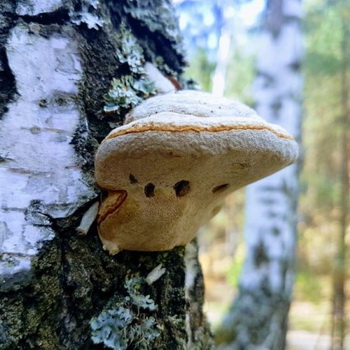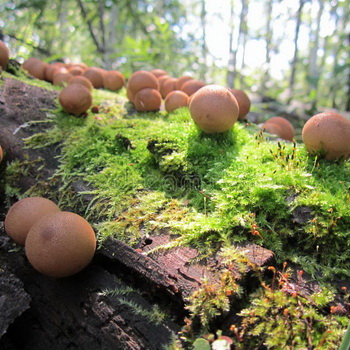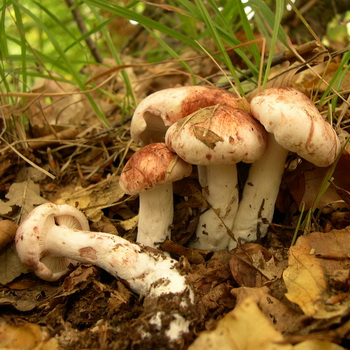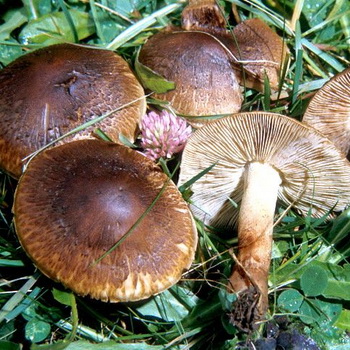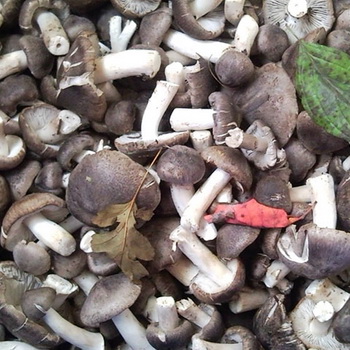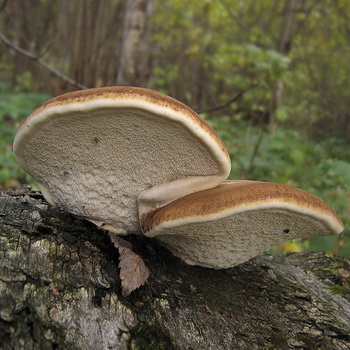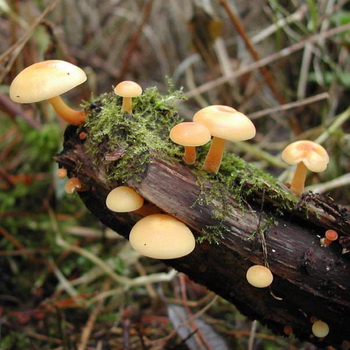Mushrooms with spikes on the surface
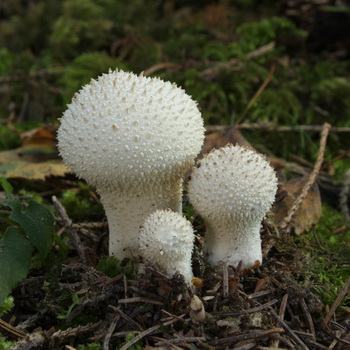
Prickly Blackberry Mushrooms
Antenna hedgehog (Creolophus cirrhatus).
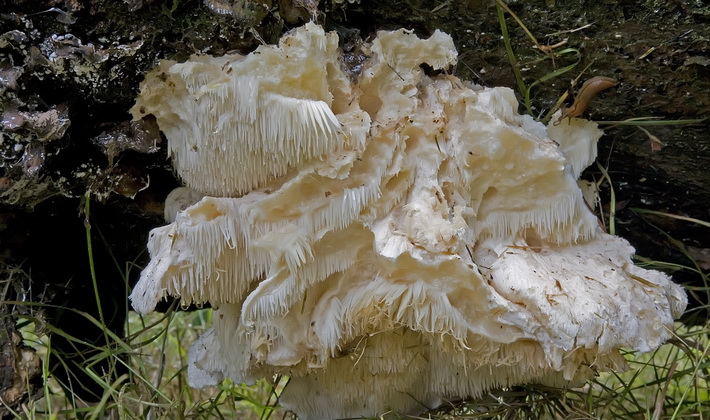
Family: Hericiaceae (Hericiaceae).
Season: end of June - end of September.
Growth: tiled groups.
Description:
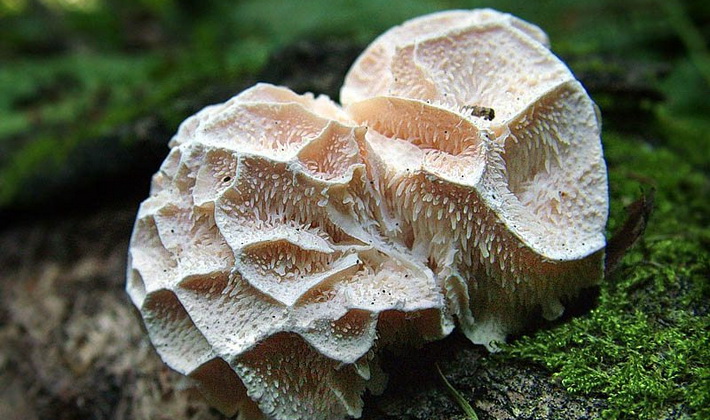
The pulp is cotton-like, watery, yellowish.
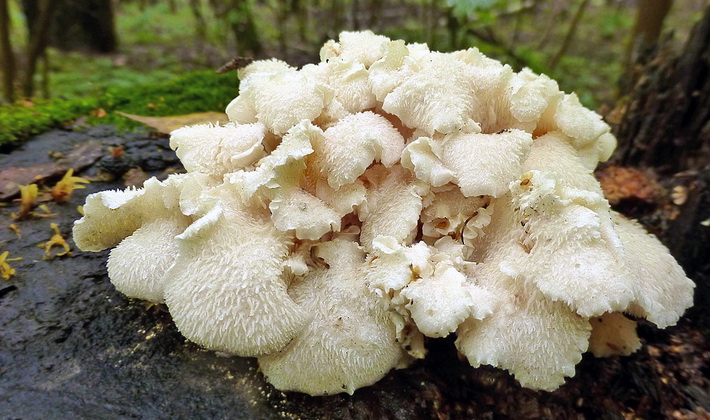
The fruit body is round, fan-shaped. The surface is firm, rough, with ingrown villi, light. The hymenophore consists of dense, soft, conical light spines about 0.5 cm long.

The edge of the cap is wrapped or lowered.
Edible at a young age.
Ecology and distribution:
This spike mushroom grows on dead hardwood (aspen), in deciduous and mixed forests, and parks. It is rare.
Coral Hedgehog (Hericium coralloides).
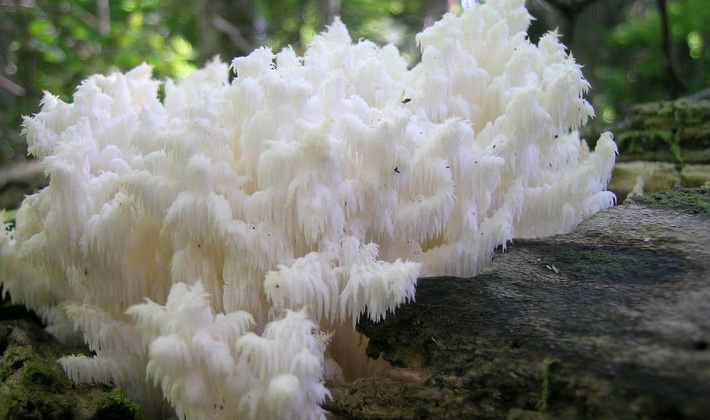
Family: Hericiaceae (Hericiaceae)
Season: beginning of July - end of September
Growth: single
Description:

The fruiting body is branched, bushy, coral-shaped, white or yellowish. In old specimens growing on a vertical surface, twigs and spikes hang down.
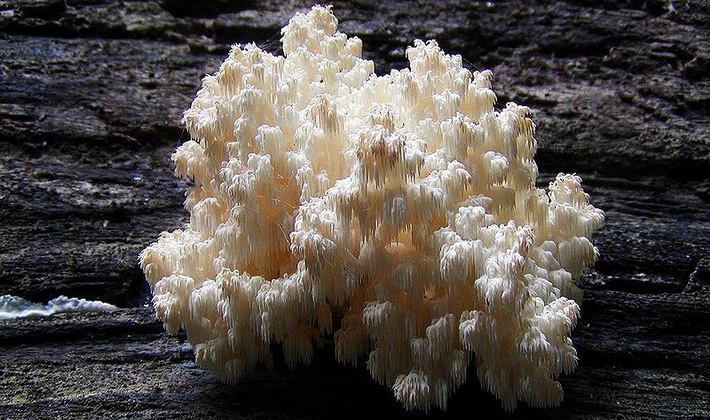
The pulp is elastic, slightly rubbery, with a weak pleasant taste and smell. Young mushrooms can grow in all directions at once.
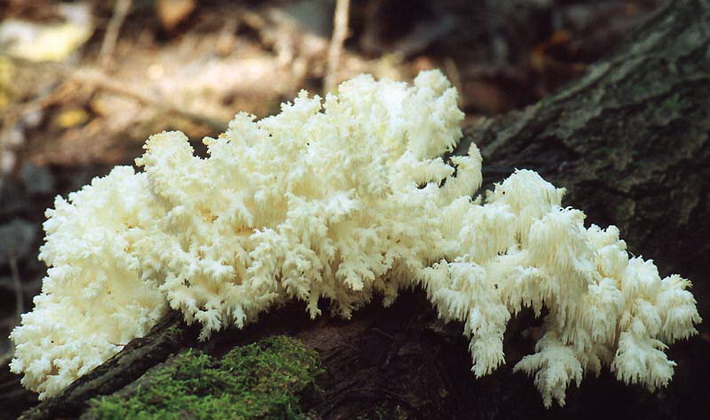
A prickly hymenophore is scattered throughout the surface of the fruiting body. Spikes up to 2 cm long, thin, brittle.
It is considered an edible fungus, but due to its rarity, it should not be collected.
Ecology and distribution:
It grows on stumps and dead woods of deciduous species (aspen, oak, more often birch). It is rare. It is listed in the Red Book of Russia.
Yellow Hedgehog (Hydnum repandum).
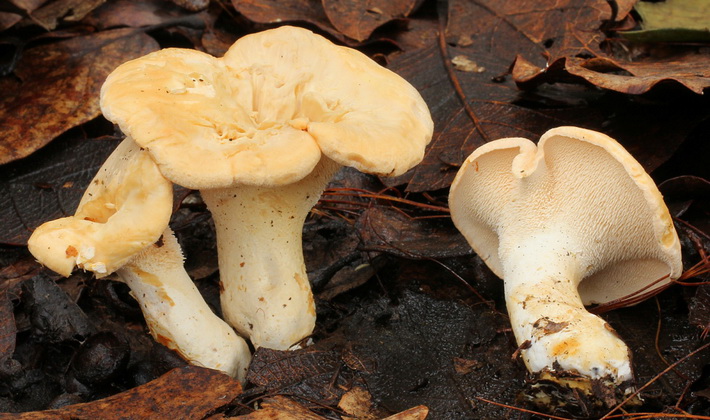
Family: Hedgehogs (Hydnaceae).
Season: end of July - September.
Growth: singly or in large dense groups, sometimes in rows and circles.
Description:
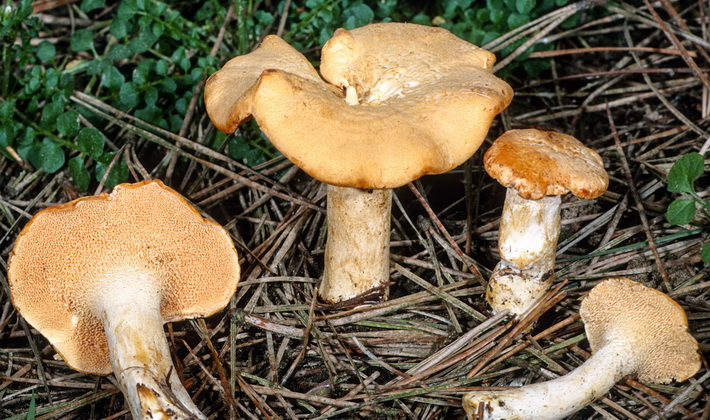
Leg is solid, bright, yellowish.
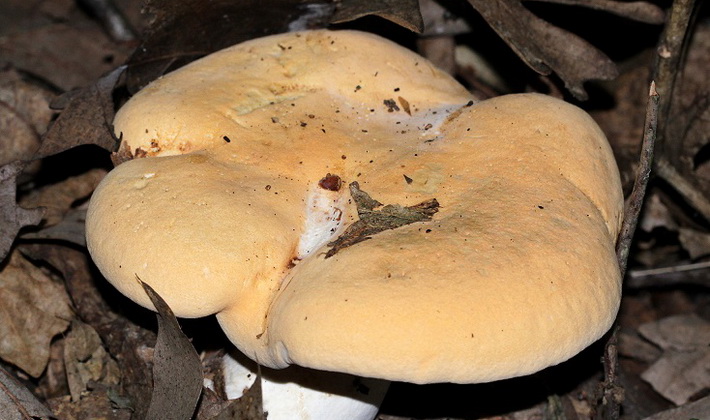
The hat is convex, convex-concave, wavy, uneven, dry, light yellow.

The pulp is dense, fragile, light, hardens and slightly bitter with age. A giminophore from thick light creamy spines slightly descends on the leg
Young mushrooms are suitable for all types of processing; mature mushrooms require preliminary boiling so that they lose their stiffness and bitter taste.
Ecology and distribution:
It grows in deciduous and coniferous forests, in grass or moss. Prefers calcareous soils.
Jelly-like pseudo-train (Pseudohydnum gelatinosum).
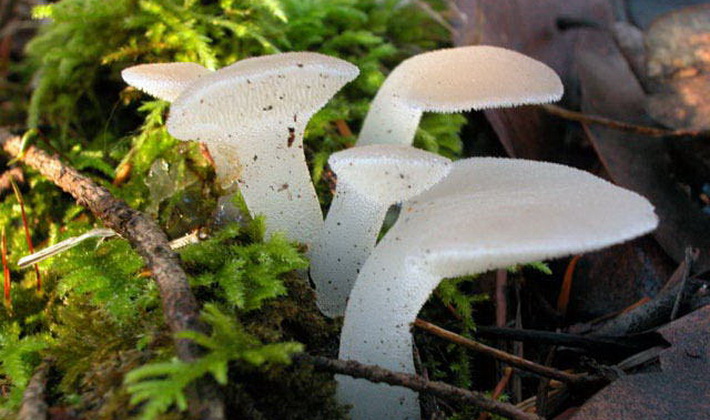
Family: Exidium (Exidiaceae).
Season: August - November.
Growth: single and in groups.
Description:
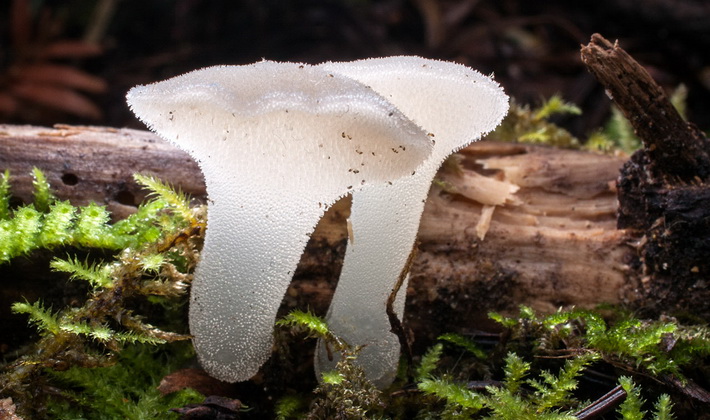
The peduncle is expressed only in fungi growing on a horizontal surface. The hymenophore consists of soft short grayish translucent spines.
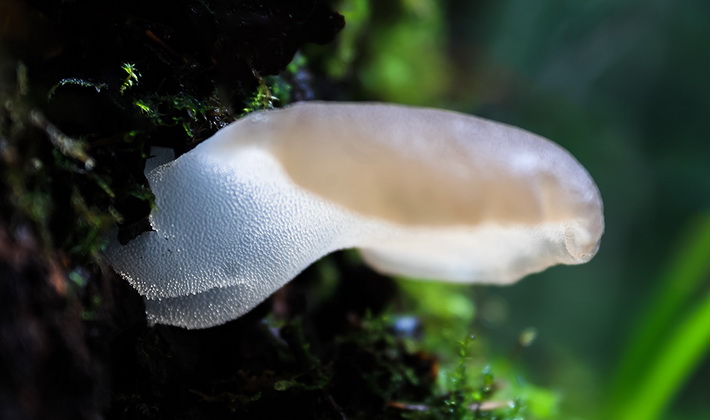
The fruiting bodies are spoon-shaped, fan-shaped, or tongue-shaped. The surface of the cap is smooth or velvety, grayish, darkens with age.
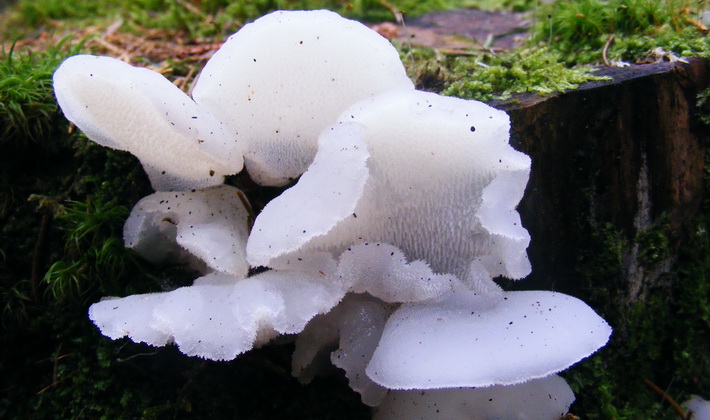
The pulp is gelatinous, soft, translucent, with a fresh smell and taste.
The mushroom is considered edible, but due to its rarity and low culinary qualities it is practically not collected.
Ecology and distribution:
It grows on decaying, sometimes wet, stumps and trunks of various conifers and (rarely) deciduous trees in forests of various types.
Mushrooms raincoats with spikes
Black raincoat (Lycoperdon echinatum).
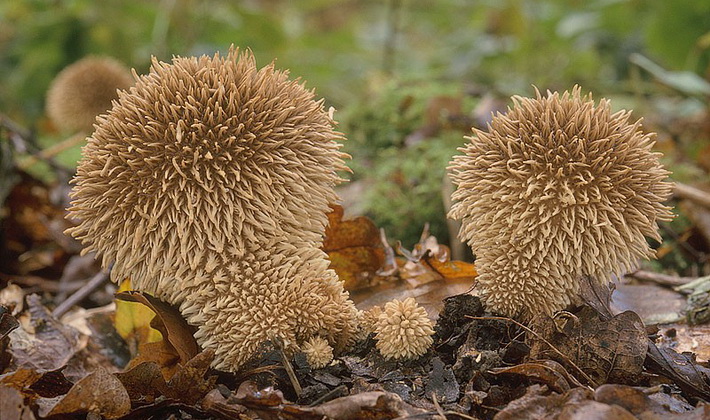
Family: Raincoats (Lycoperdaceae).
Season: July - September.
Growth: single and in small groups.
Description:

Pear-shaped fruit body with a short leg.
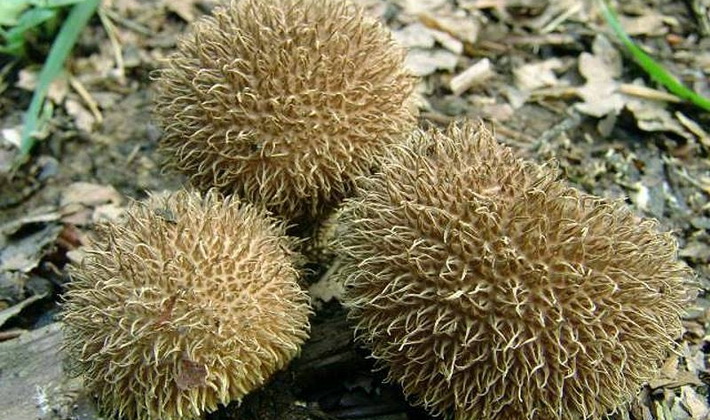
The surface is covered with long (up to 5 mm) sharp, curved creamy spikes, darkening with time to yellow-brown. With age, the fungus becomes naked, the flesh of young with a mesh pattern.
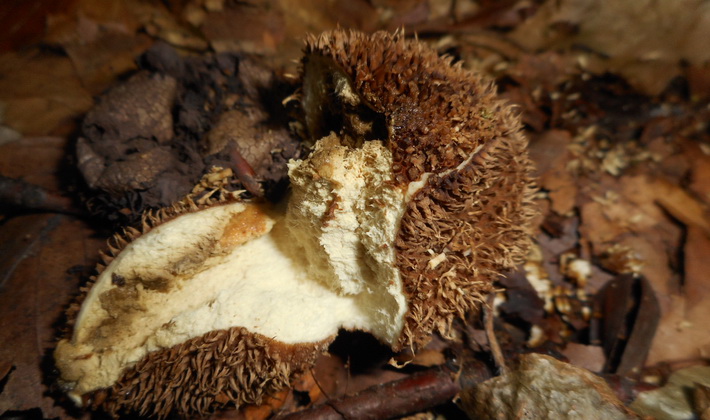
The pulp of young mushrooms is light, white, with a pleasant smell, later darkens to brownish-purple.
The mushroom is edible at a young age.
Ecology and distribution:
It grows on soil and litter in deciduous and spruce forests, in shady places. Prefers calcareous soils. It is rare.
Prickly raincoat (Lycoperdon perlatum).
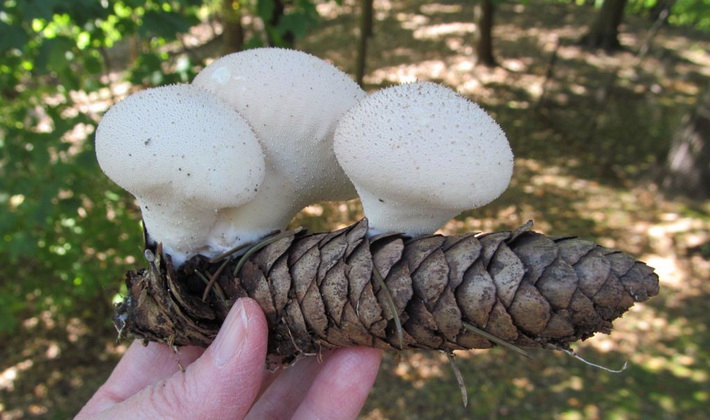
Family: Raincoats (Lycoperdaceae).
Season: mid-May - October.
Growth: single and in groups.
Description:
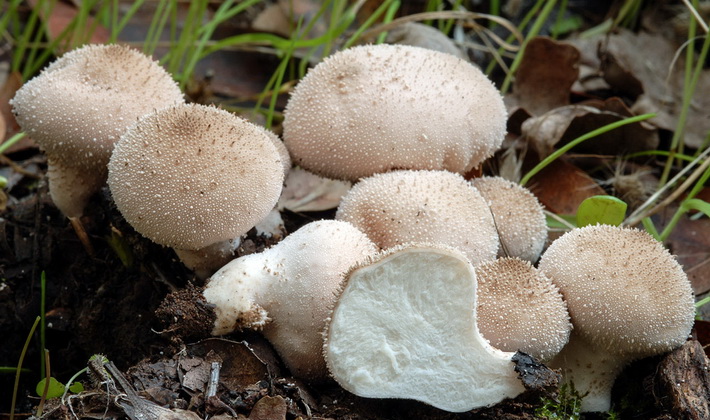
The flesh is initially white, elastic, with a faint pleasant odor; as it ripens, it turns yellow and becomes flabby.
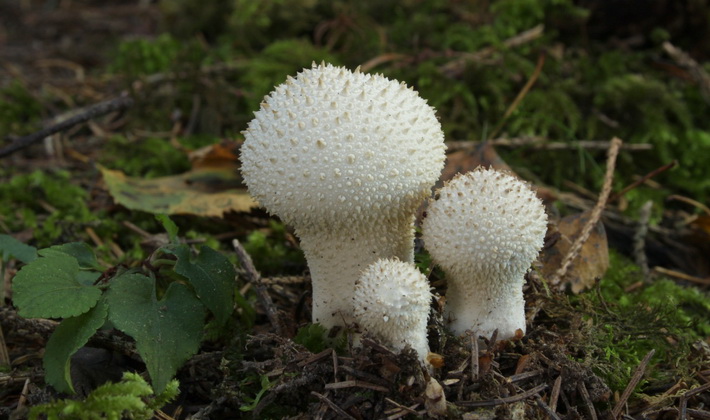
The fruit body is hemispherical, as a rule, with a noticeable “pseudopod”. The skin in youth is white, darkens with age to grayish-brown, covered with easily detachable thorns of different sizes.
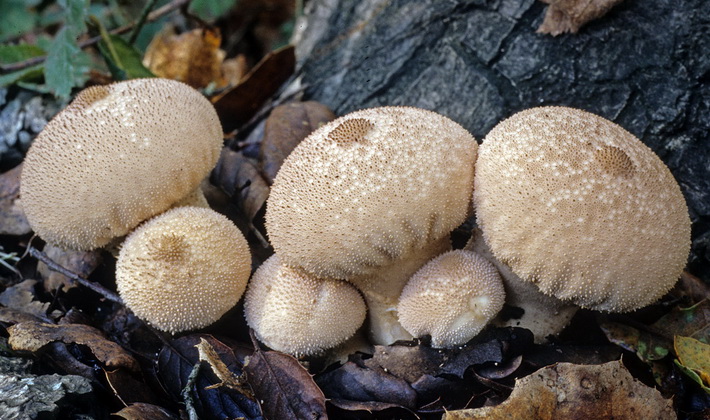
In the upper part, a characteristic tubercle is often distinguished.
Young mushrooms with white flesh are edible. Used freshly fried.
Ecology and distribution:
Grows in coniferous and mixed forests, at the edges, less often in meadows.
Pear-shaped raincoat (Lycoperdon pyriforme).
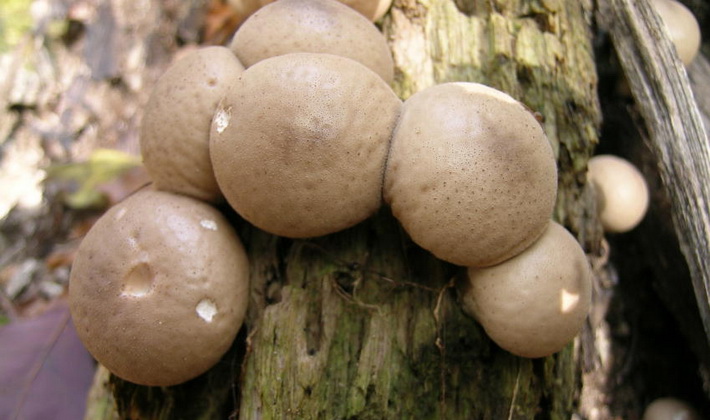
Family: Raincoats (Lycoperdaceae).
Season: end of July - October.
Growth: large dense groups.
Description:
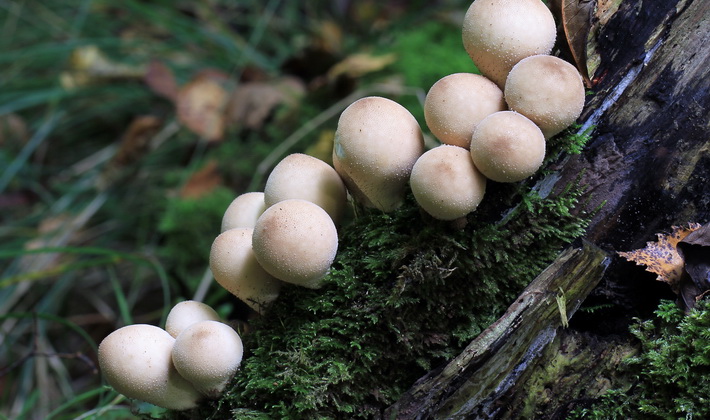
In adult mushrooms, the surface is smooth, often coarse-mesh, brownish. The skin is thick, in adult mushrooms it easily peels off.
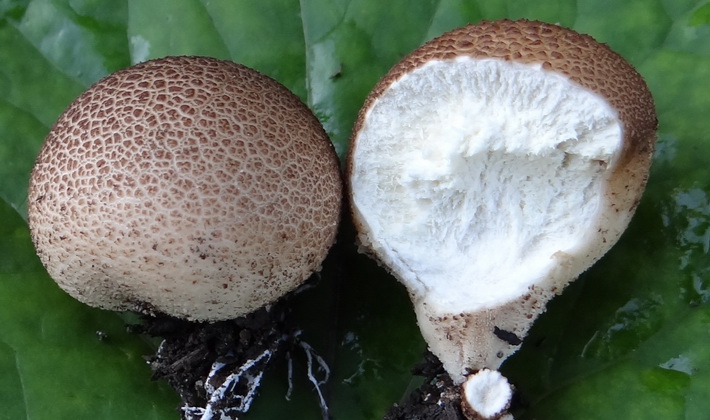
The pulp with a pleasant mushroom smell and a weak taste, in youth is white, cottony, gradually reddens. The fruit body in the upper part is almost round. The surface of young mushrooms is white, prickly.
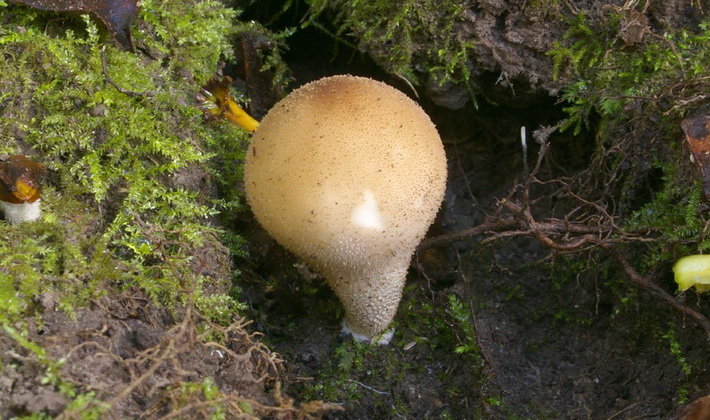
False pedicle short tapering downward, with root process.
Young mushrooms with white flesh are edible. Used boiled and fried.
Ecology and distribution:
Grows on decayed wood of deciduous, rarely conifers, on the basis of trees and mossy stumps.
